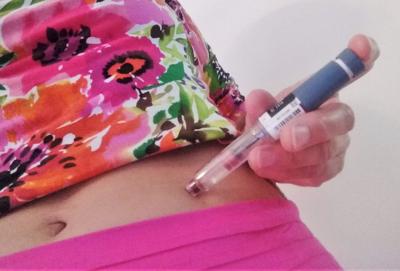Millions of diabetics in the United States need insulin to survive. Unfortunately, the cost of this critical drug has risen relentlessly over the past three decades: Even with insurance and discounts, the annual out-of-pocket cost has increased from about $1,000 in 2007 to almost $6,000 today. In recent surveys, about one-fourth of the diabetic population has said it can’t afford to meet basic expenses and buy insulin. That’s a heartbreaking and incredibly difficult choice.
Scrutiny initially fell on the three main pharmaceutical manufacturers of insulin in the United States: Novo Nordisk, Eli Lilly and Sanofi. Their list prices for the most commonly prescribed forms of insulin rose 900% between 1991 and 2018, according to a recent study by the American Action Forum. The price increases reflect patented improvements in the drug that make it last longer and have fewer adverse side effects.
Few things are more complex and difficult to change than the pricing system for American health care, and the market for insulin is no exception.
Analyses by the Government Accountability Office, the Heath and Human Services Department Inspector General and the American Action Forum all point to a system in which drug discounts required by federal programs and private insurance contracts remain in the pockets of pharmaceutical benefit managers hired by insurance companies and health care providers, and in the pockets of providers.
A particular villain in the pricing system for drugs is an obscure federal law known as the Section 340B program, enacted in 1992. It requires drug manufacturers to provide certain critical health care providers, particularly hospitals serving low-income patients, with drugs at cost.
According to an op-ed column in The Wall Street Journal, in 2010 the Obama administration allowed a large increase in the number of providers, including pharmacies associated with qualified hospitals, that could participate in Section 340B. But it did so without establishing effective oversight over the use and misuse of the program, a point frequently made in following years by the General Accounting Office, the Health and Human Services Inspector General and other watchdogs.
Mr. Fein’s analysis is supported by several studies of the failure of the 340B program to meet its objectives. That reality, combined with a dearth of competition and complex drug pricing and insurance practices, has contributed to soaring insulin prices. Congress urgently needs to revisit 340B and clarify its intent.



